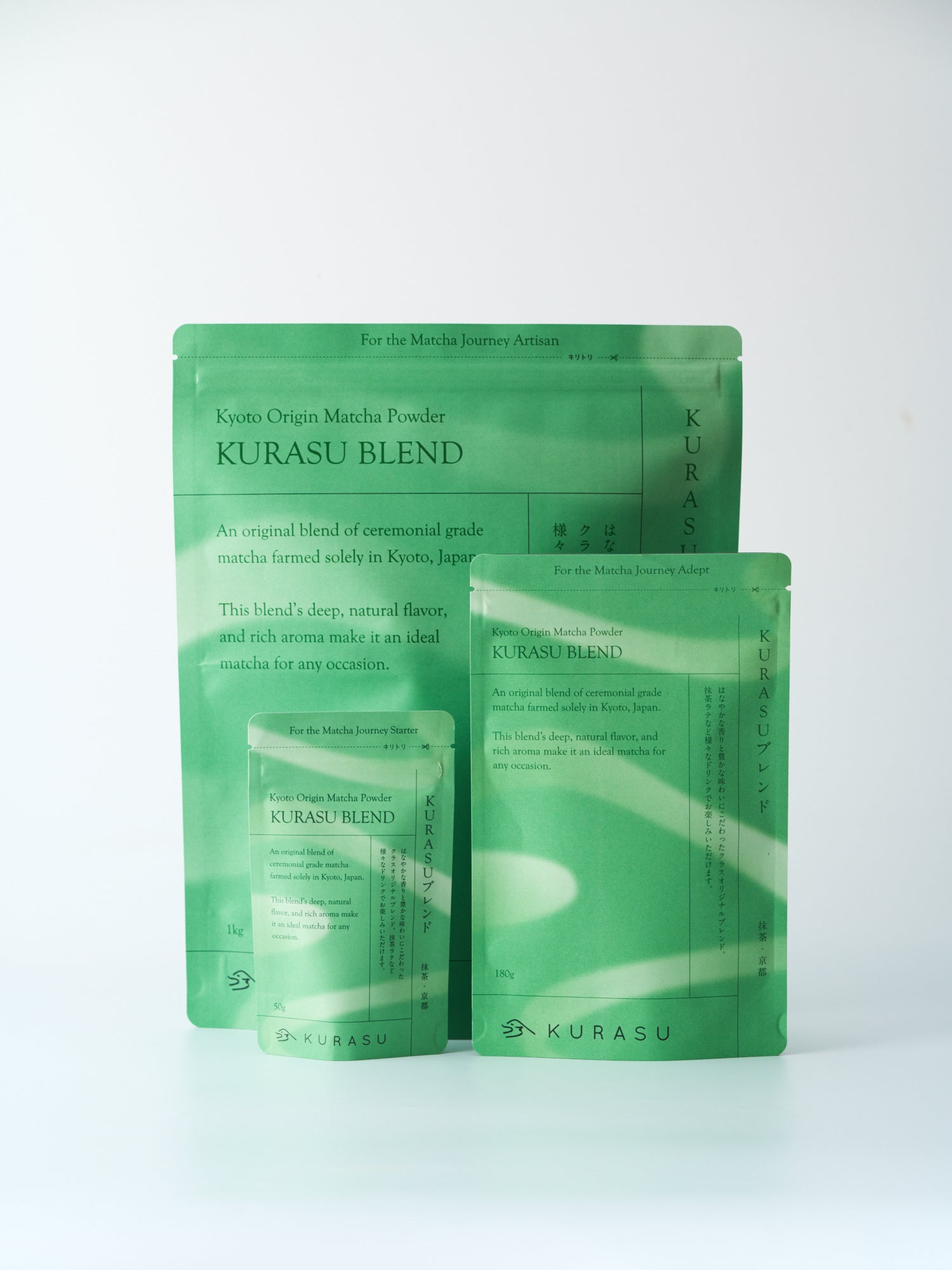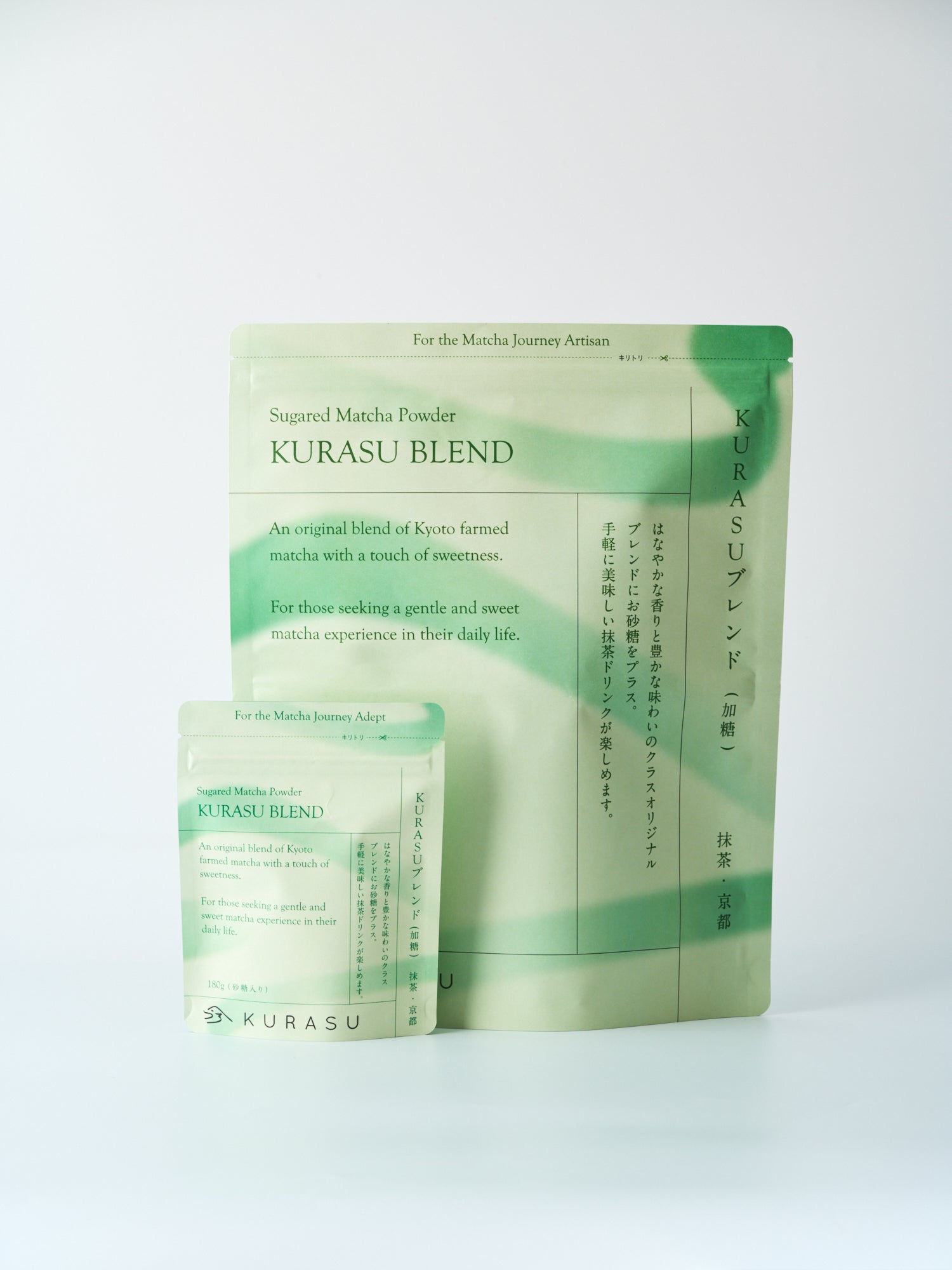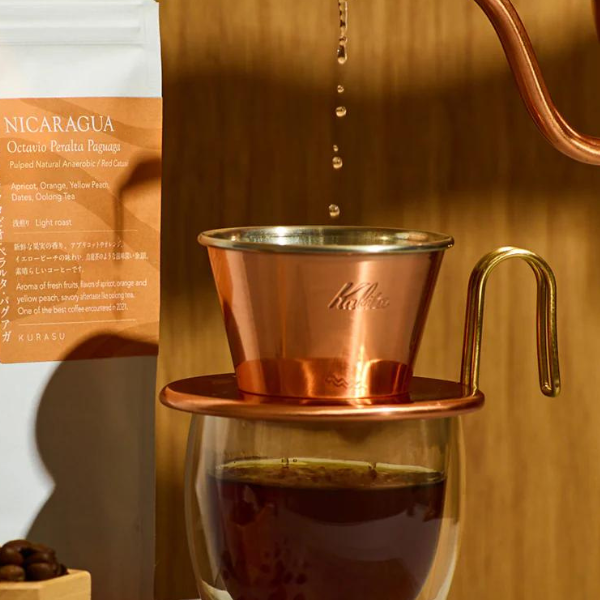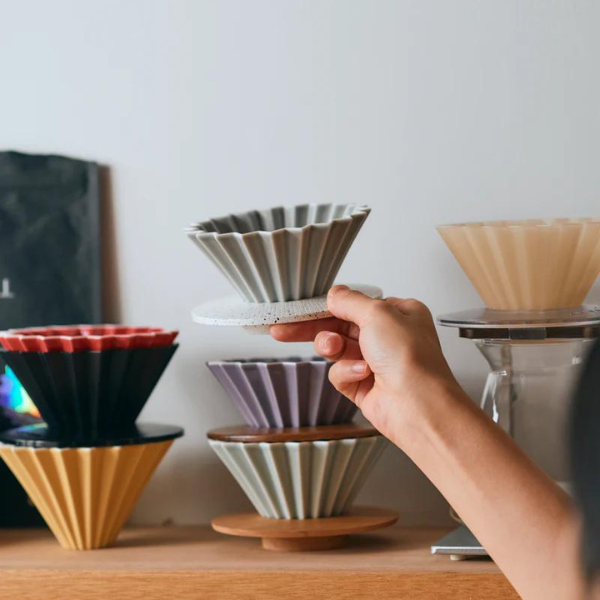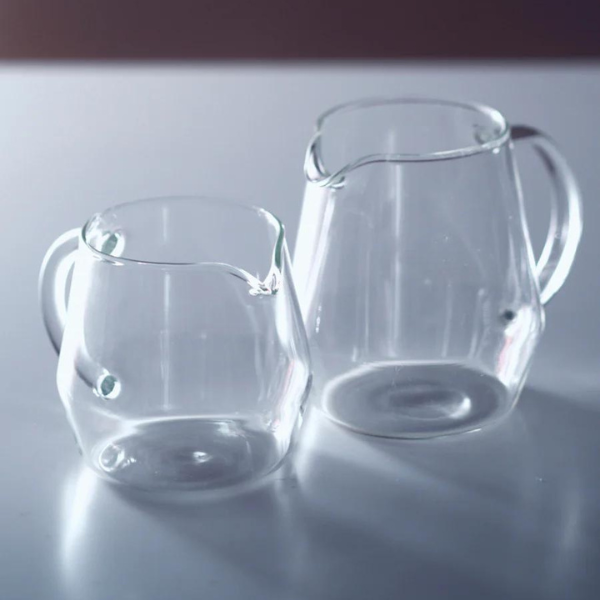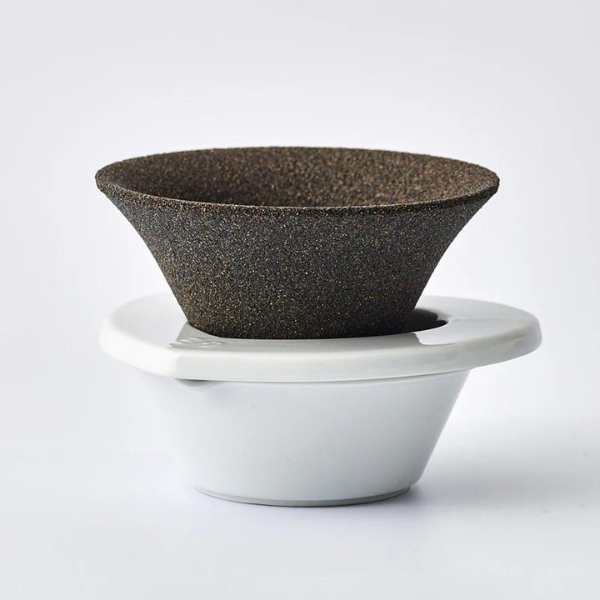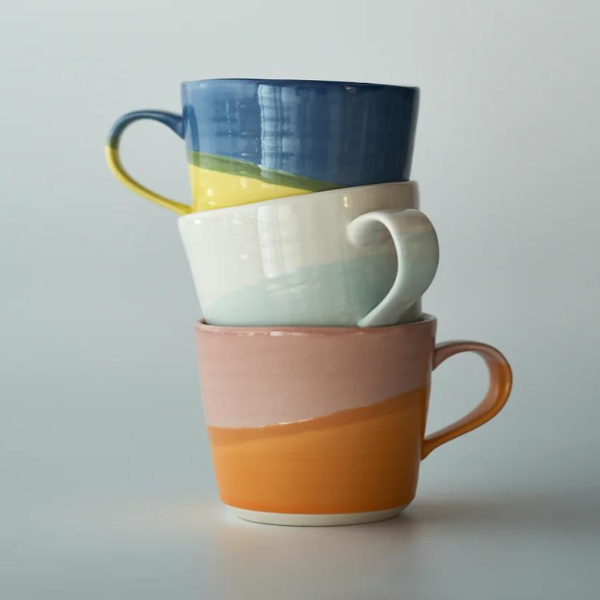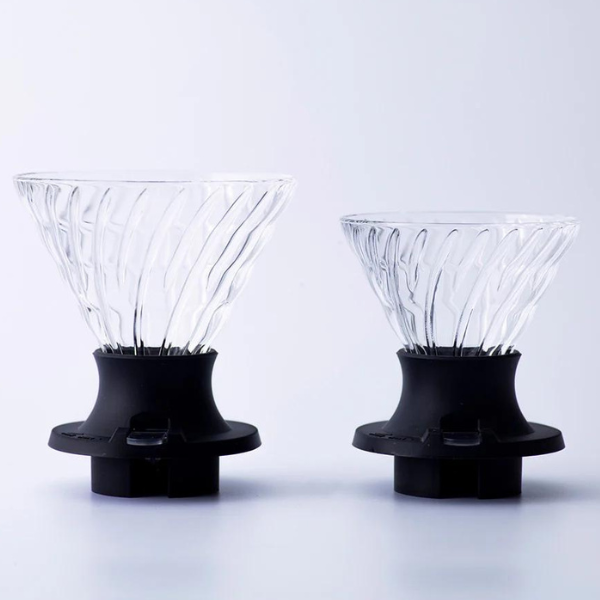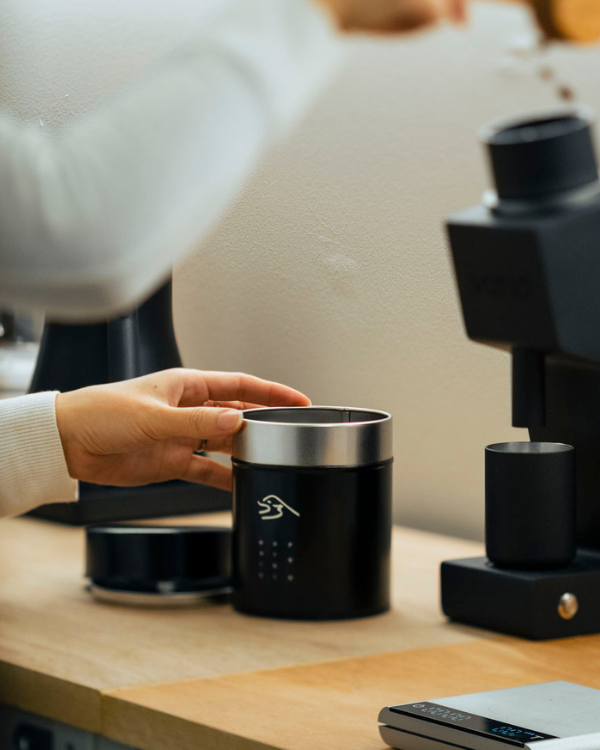Hi everyone, welcome back to my blog series!
I hope you're still with me on this journey...There are still many topics I'd like to explore with you so stay tuned!
Today's topic is "water temperature."

|
Flavours/Temperature |
70℃ |
80℃ |
90℃ |
100℃ |
|
Acidity |
1 |
2 |
5 |
5 |
|
Sweetness |
1 |
2 |
5 |
5 |
|
Aftertaste |
0 |
0 |
3 |
5 |
|
Bitterness |
0 |
0 |
0 |
5 |
70℃: Very bland, short aftertaste, not many flavours.
100℃: Bitterness and astringency comes through the most. Overall concentrated and dark.
From this experiment, we gained the following understanding:
Lower temperature → Slow extraction speed. Acidity is dominant.
Now if you can't grasp the idea of "fast" and "slow" extraction speed, remember that flavours are extracted in the following order: acidity, sweetness, aftertaste, bitterness/astringency. With this in mind, let's check the table below. They are comparisons of extraction using same type, amount and grind size of coffee.


Depending on the extraction speed, even if you use the same coffee, you will notice difference in the outcome.
Summary
Extraction speed increases in proportion to an increase in water temperature, leading to more flavours dissolving into coffee. Theoretically speaking, you will get a bland coffee if you use lukewarm water while you may end up with bitter and astringent coffee if you use boiling hot water.
This rule applies to soup stock as well, right? It's faster and more efficient to extract soup stock using hot water.
Going back to the topic on extraction speed...did it sound familiar? We touched on extraction speed when we discussed about adjusting grind size. Let's put our knowledge together.
Extraction speed can be increased by grinding finer and increasing water temperature. Meanwhile, the speed can be decreased by grinding coarser and decreasing water temperature.
So if for some reason you can only use lukewarm water of let's say 70℃, make the grind size finer to extract balanced flavours from acidity to aftertaste.
If you only have a regular kettle at home that boils water to 100℃, make the grind size coarser to prevent extracting bitterness and astringency.
Notes on roast level and water temperature
Personally, I keep my water temperature fixed at 91℃ and adjust extraction with grind size. This is because I always drink light roast coffee. I like to use 13g of light roast coffee beans and pour over hot water of 91℃. (I will go through adjusting grind size in relation to aging period in my future posts!)
It's commonly said that you should adjust water temperature depending on the roast level to extract balanced coffee. Here's a quick guideline on roast level and water temperature.
Light roast coffee
Coffee beans have higher water content and are hard due to short roasting time. Need to use hot water to extract flavours sufficiently.
Dark roast coffee
Loses water content through long roasting time, therefore easily absorbs water. Need to use water of lower temperature to avoid extracting astringency.
I hope you now understand why I rarely adjust water temperature - it's because I always drink light roast coffee, which in general requires using hot water to extract flavors (91℃). I do keep the knowledge of adjusting water temperature in my mind but don't actually use it too often. However, I will make adjustments when I decide to brew dark roast coffee!
Grind size, amount of coffee beans and water temperature; we've already covered three different factors that affect the taste of your coffee!
Thank you for joining me today. Next time we will explore further into water...See you then!



